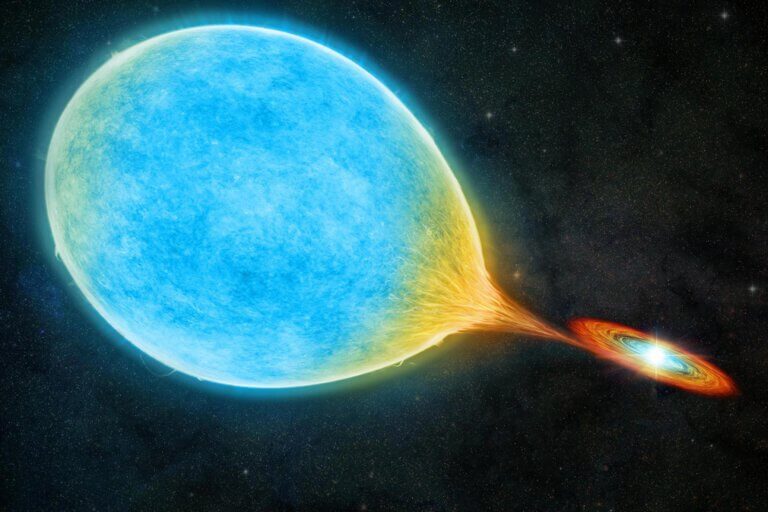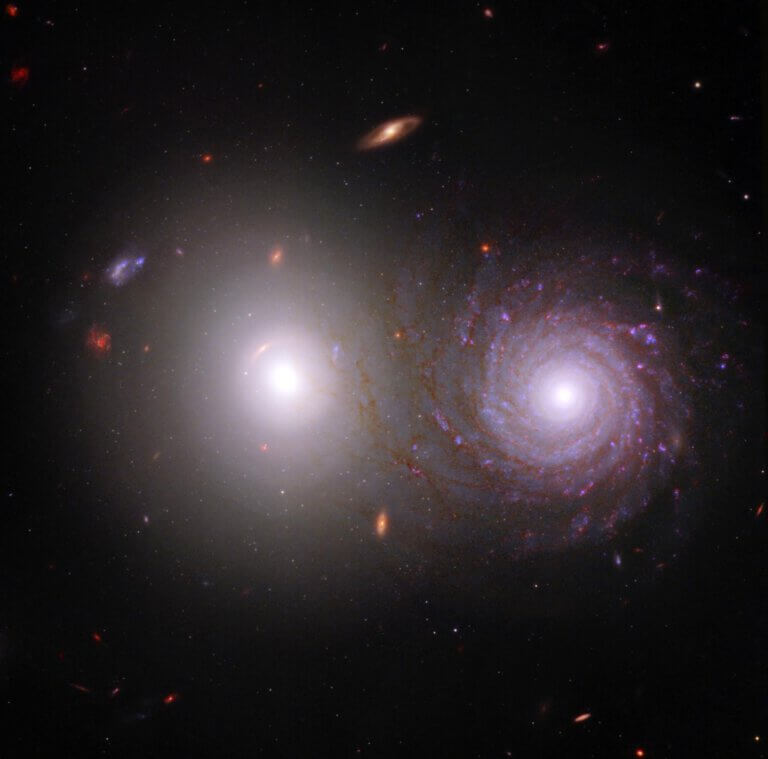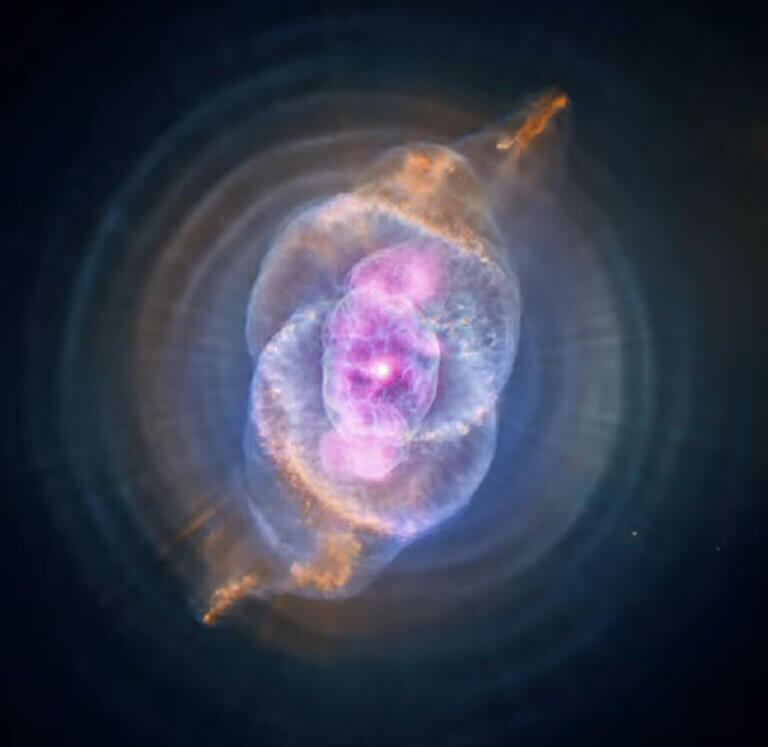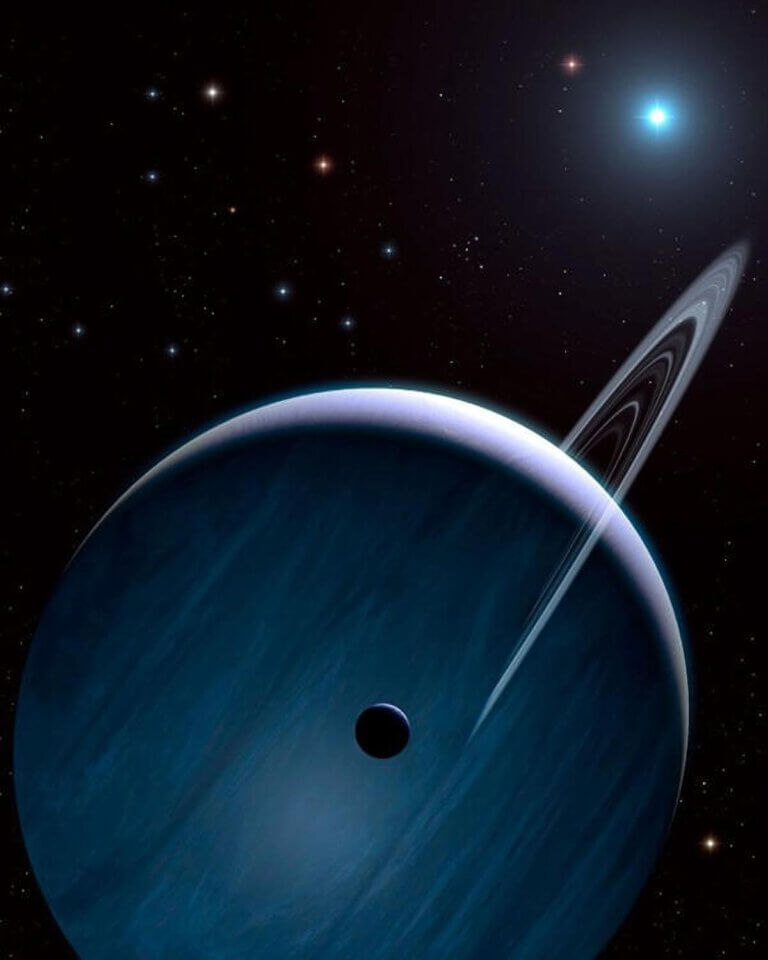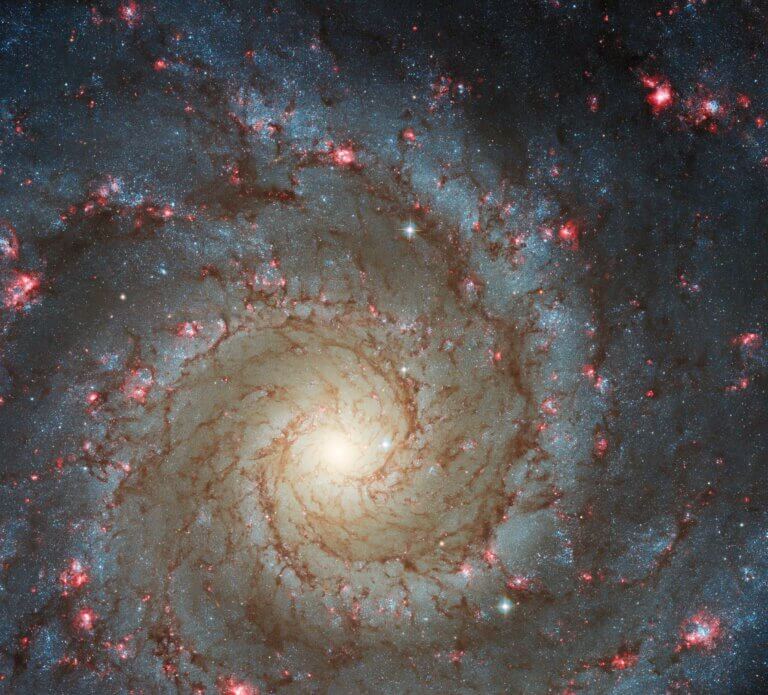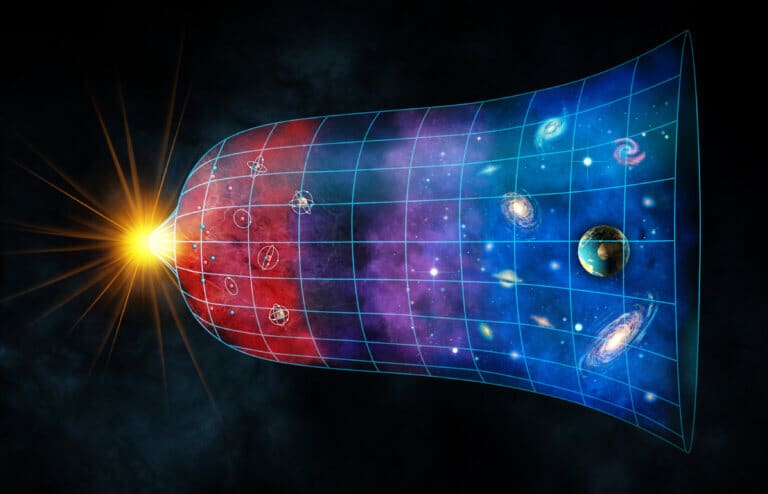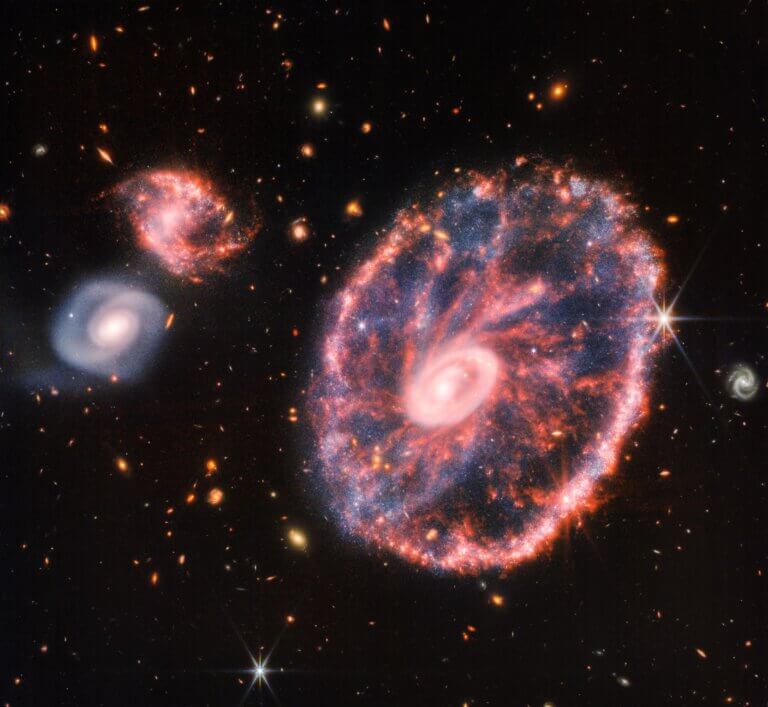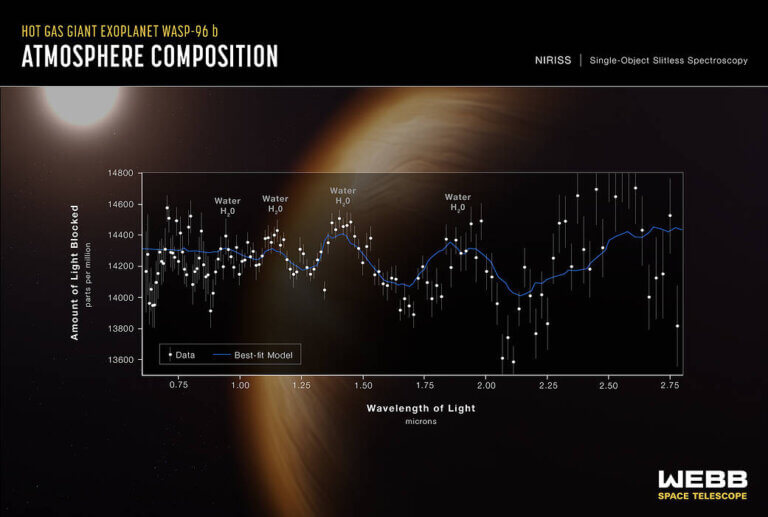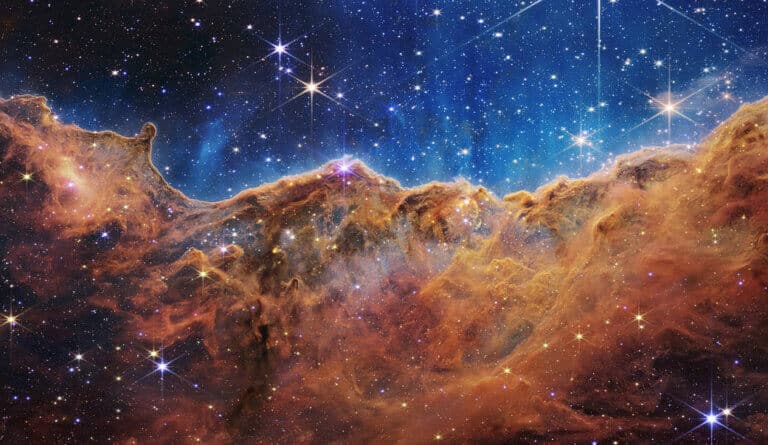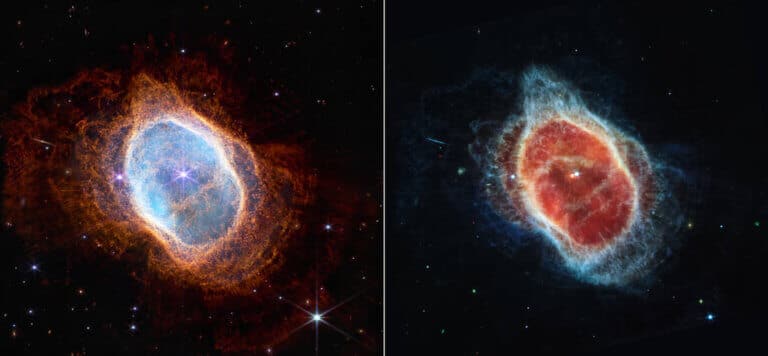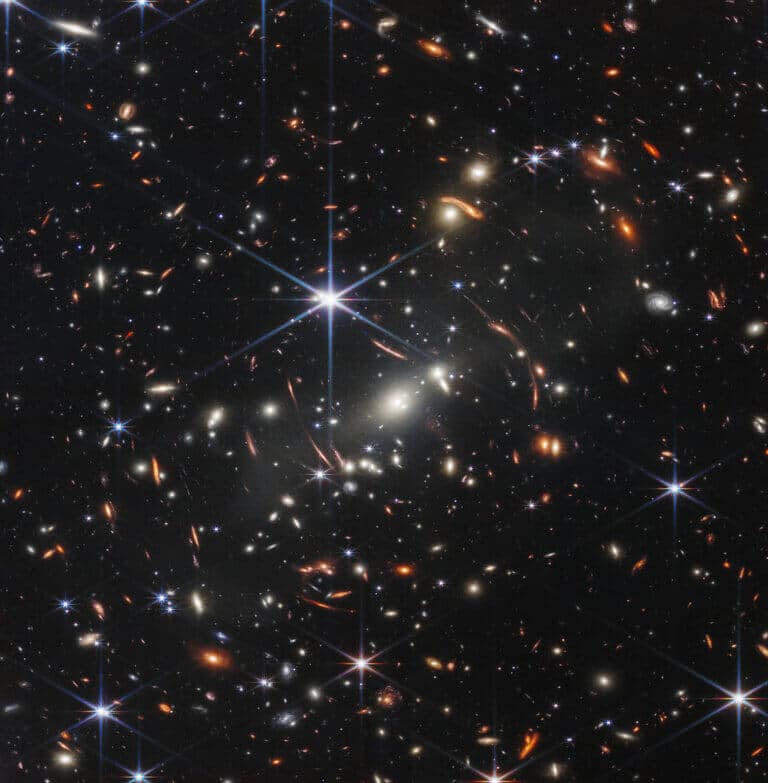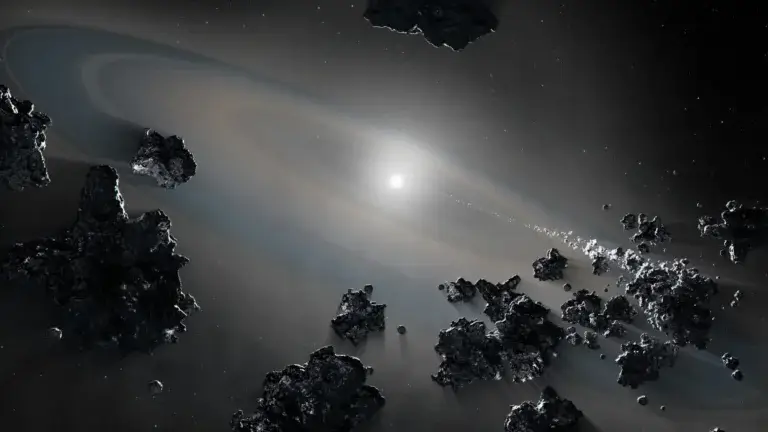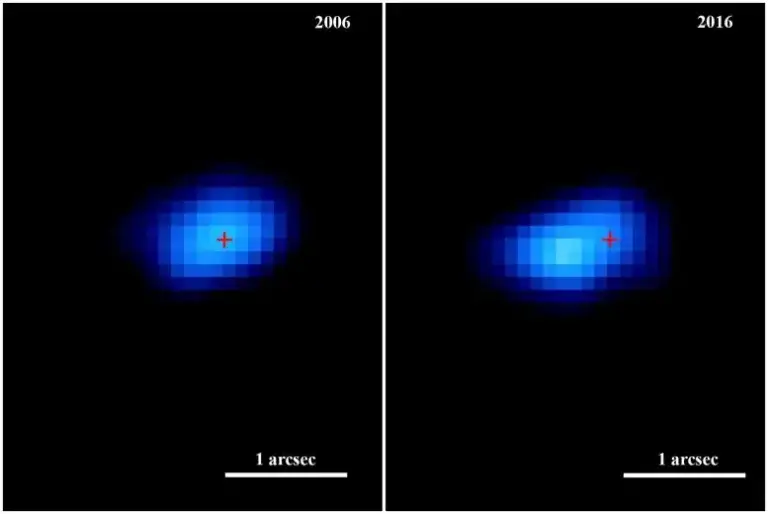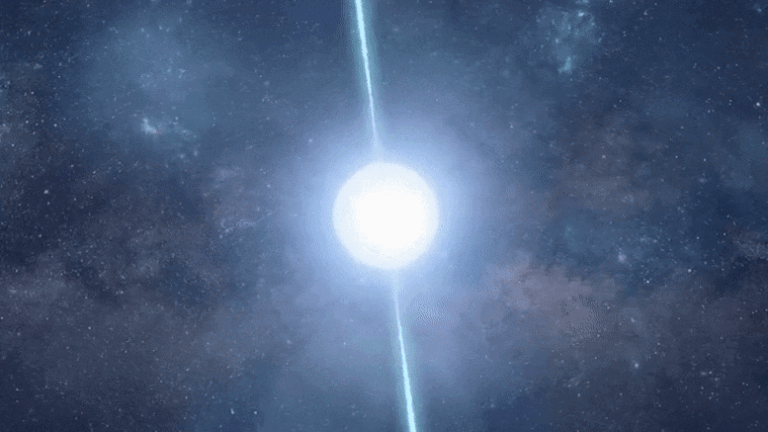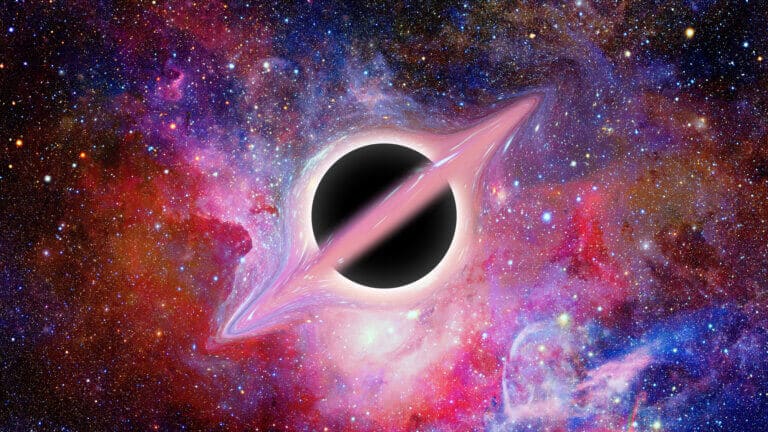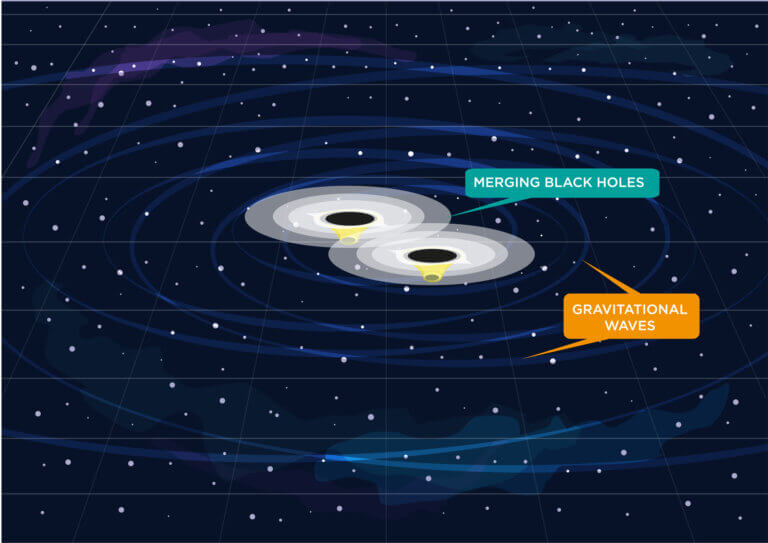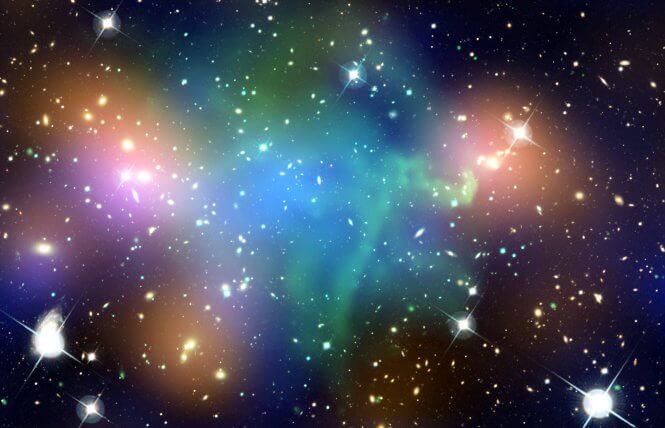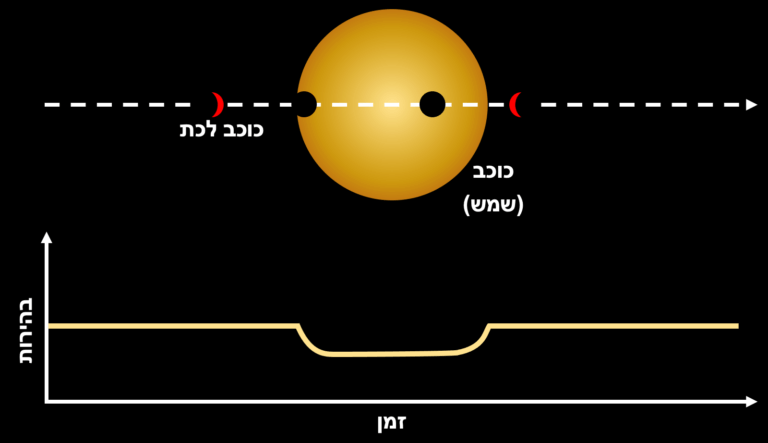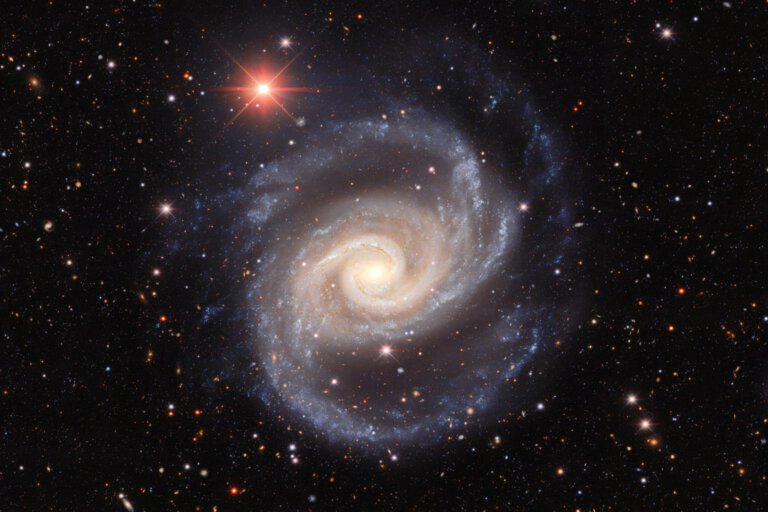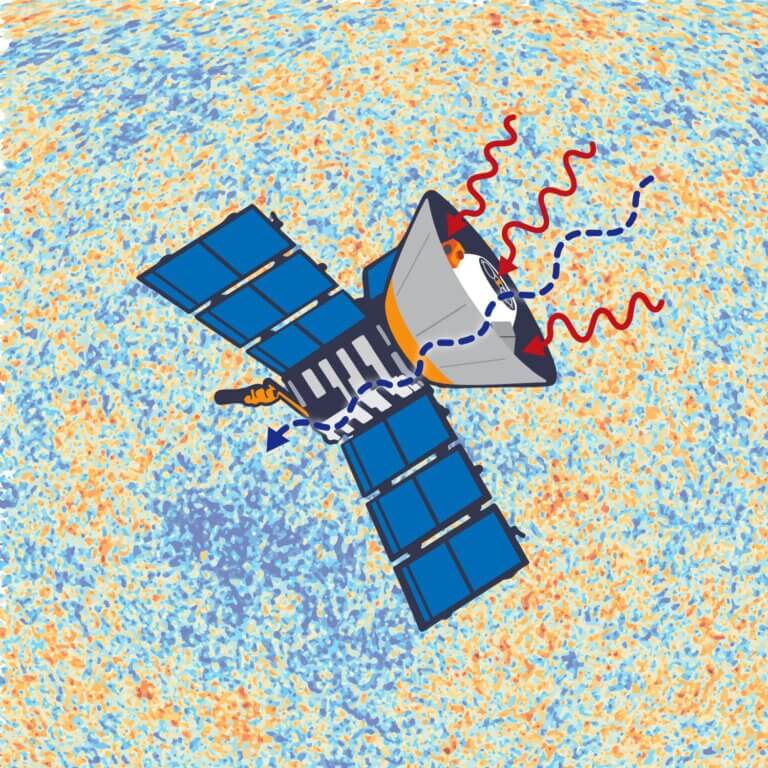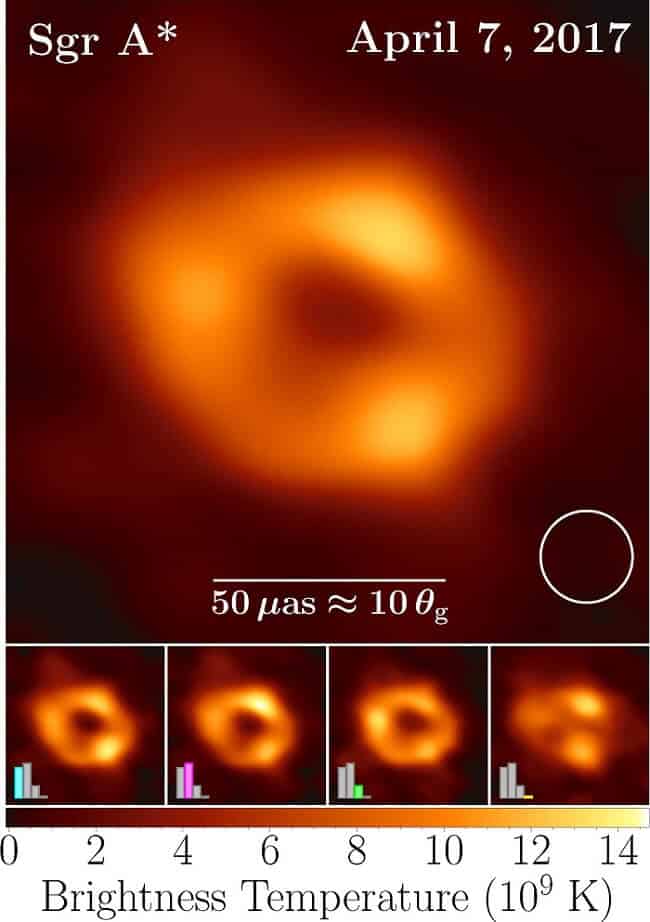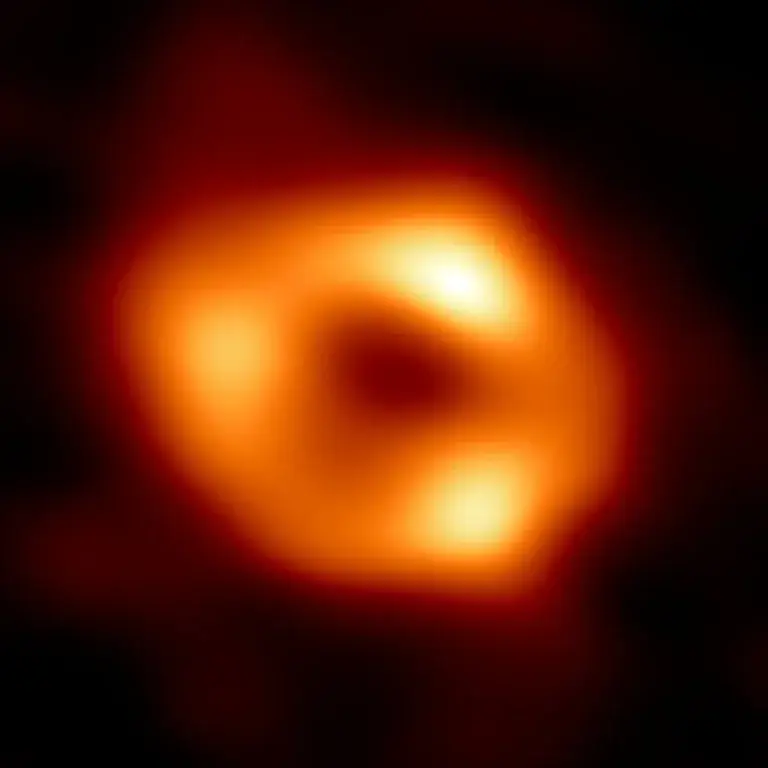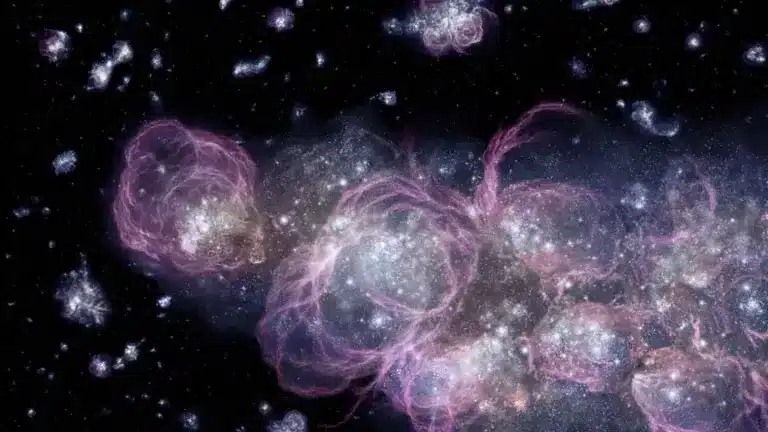Hayadan > Space and astronomy > Astrophysics > Page 6
Astrophysics
- Avi Blizovsky
- October 13, 2022
- 3 תגובות
Astronomers have discovered a pair of stars with an extremely short orbit. A star similar to our sun orbits a white dwarf every 51 minutes
- Avi Blizovsky
- October 10, 2022
- One response
A combination of photographs taken by the two large space telescopes in partially overlapping wavebands made it possible to identify new details about the role of interstellar dust in connections between neighboring galaxies
- Avi Blizovsky
- October 1, 2022
- 2 תגובות
Astronomers have discovered rings with almost perfect symmetry in the Cat's Eye Nebula located about 3,000 light years from Earth
- Avi Blizovsky
- September 28, 2022
- No comments
Researchers at the University of Sheffield have proposed a new source for Jupiter-like planets orbiting massive stars three times the mass of our Sun
- Avi Blizovsky
- September 5, 2022
- 4 תגובות
Hubble's observations also paved the way for future instruments. M74 was one of the first targets of the new James Webb Powerful Space Telescope
- Avi Blizovsky
- August 30, 2022
- 15 תגובות
The spectral analysis of TOI-1452 b shows that water may make up to 30% of the planet's mass, a proportion similar to that of several moons in our solar system, such as Jupiter's moons Ganymede and Callisto, and Saturn's moons Titan and Enceladus. The mass of water is only 1%
- Avi Blizovsky
- August 17, 2022
- 36 תגובות
New COMAP radio survey will peer beneath the 'tip of the iceberg' of galaxies to reveal a hidden era of star formation
- Avi Blizovsky
- August 7, 2022
- 7 תגובות
Webb's instruments reveal new details about star formation
- Dothan Rice
- July 13, 2022
- 31 תגובות
The Drake formula was an attempt to calculate the probability of intelligent life on other planets. But human history shows that the formula was probably too optimistic, and that there is something missing in the calculation. This missing parameter could be critical to understanding the development of intelligent life in the galaxy, and more importantly: the development of humanity, and its chances of survival
- Avi Blizovsky
- July 12, 2022
- 4 תגובות
The light spectrum - which contains information about the composition of a planetary atmosphere 1,150 light years away - reveals a clear signature of water * The strength of the signal that Webb detected hints at the significant role that the telescope will play in the search for potentially habitable planets in the coming years
- Avi Blizovsky
- July 12, 2022
- No comments
"Cosmic Cliffs" images show Webb's cameras' ability to peer through cosmic dust, shedding new light on how stars form * Webb's technology could help watch the elusive process of star formation
- Avi Blizovsky
- July 12, 2022
- No comments
NASA's James Webb Space Telescope has revealed details of the Southern Ring Nebula that were previously hidden from astronomers. * For the first time, the second star in the binary system that one of its members has exploded can be clearly seen * First article in the series
- Avi Blizovsky
- July 12, 2022
- 2 תגובות
- Avi Blizovsky
- July 5, 2022
- No comments
A white dwarf provides insights into the systemic chaos that occurs when a star dies
- Avi Blizovsky
- July 4, 2022
- 4 תגובות
Spotted by NASA's Chandra X-ray Observatory, this stellar pilot is one of the fastest objects of its kind ever observed. This surprising result gives astronomers information about how some of the largest stars end their lives.
- Avi Blizovsky
- July 3, 2022
- No comments
The assessment: This is a collision of matter and antimatter in the vicinity of black holes or collapsed neutron stars known as magnetars
- Avi Blizovsky
- June 18, 2022
- 9 תגובות
Unlike the supermassive black holes at the centers of galaxies, black holes with the masses of individual stars have no matter attracted to them or other nearby objects surrounding it, so they are difficult to detect
- Avi Blizovsky
- June 15, 2022
- One response
A team of researchers from Australia recently made a new prediction about the strength of this gravitational wave signal. The new estimate is based on data from the MassiveBlack-II imager, which simulates a massive region of space that resembles a slice of our universe
- Avi Blizovsky
- June 12, 2022
- 12 תגובות
It's been more than 50 years since astronomers first proposed "dark matter," which is thought to be the most common form of matter in the universe. Even so, we have no idea what dark matter is. No one has seen dark matter directly or produced it in a lab. But are there competing theories that explain the same data better?
- Tel Aviv University
- June 7, 2022
- One response
- Avi Blizovsky
- May 27, 2022
- No comments
The image was taken for the DES (Dark Energy Survey) project funded by the US Department of Energy and the National Science Foundation and whose goal is to discover the nature of dark energy by mapping millions of galaxies. The photo was taken by the camera specially designed for DES and operated between 2013 and 2019
- Avi Blizovsky
- May 26, 2022
- 19 תגובות
According to new research, an invisible "mirror universe" of particles that interacts with our world only through gravity could be the key to solving a major mystery in cosmology today - the Hubble constant problem
- Avi Blizovsky
- May 14, 2022
- One response
Says Dr. Shahar Hadar, a theoretical astrophysicist from the University of Haifa and Oranim College who also works in the development of the next generation of the Event Horizon Telescope. He also explains why it took five years to produce the photo published this week and what is planned to be done in order to improve the resolution
- Avi Blizovsky
- May 12, 2022
- 2 תגובות
First image of the black hole at the center of our galaxy Sagittarius A* (Sagittarius Ai Kochav) which until now has been studied for its effect on other stars, this time we can see its event horizon. Photographed by the Ofek Al-Havain partnership which connected eight radio observatories into one radio telescope the size of the Earth
- Avi Blizovsky
- May 9, 2022
- 21 תגובות
In a new paper published in PNAS, three scientists attempt to model the nature of dark energy, a mysterious entity that appears to be causing the universe to expand faster and faster, consistent with previous observations of the universe's expansion.

